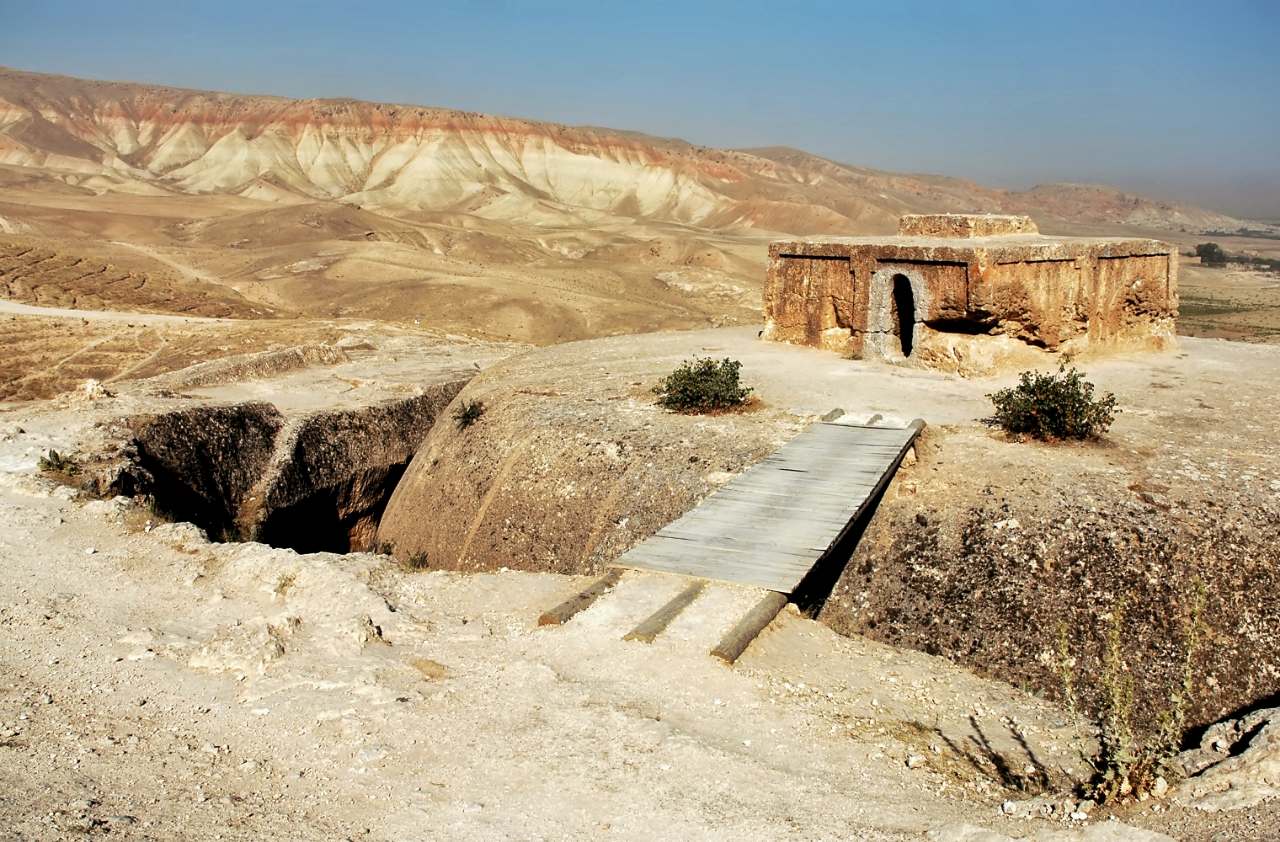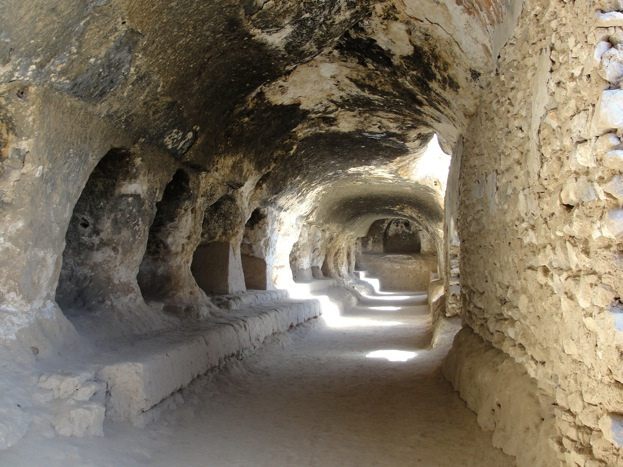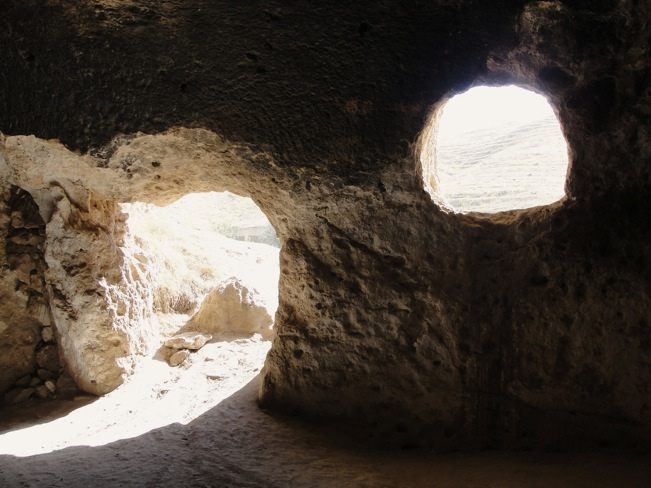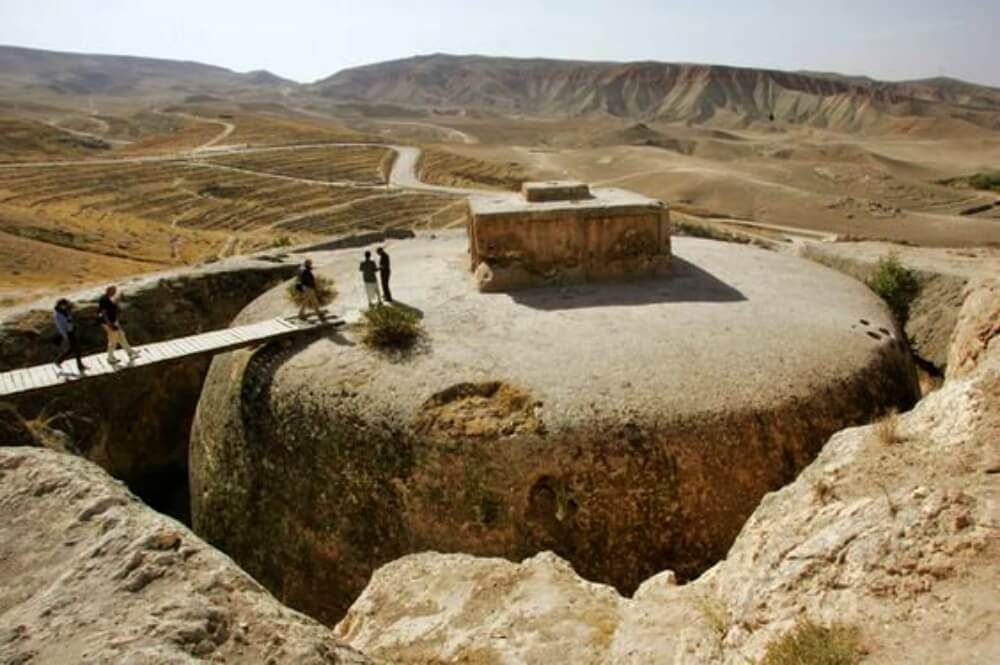THERE ARE PLACES IN THE world so strongly devoted to a particular religion that it is incredibly hard to believe that they have been shaped by any other faith. Afghanistan is one of those places, a country so devoutly Islamic that it seems that Islam has been around since the beginning of time – However before the advent of Islam, Afghanistan was an important center of Buddhist teaching.

To find remnants of this Buddhist past, one has to search extremely thoroughly. The once rich excavation sites have turned to rubble after decades of war and neglect, the museum collections have been looted or irreparably damaged, and the Bamiyan Buddhas – once the country’s strongest reminder of its Buddhist past – were destroyed by the Taliban in 2001.

Since the destruction of the Bamiyan Buddhas, the Stupa of Takht-e Rostam in Samangan Province is arguably Afghanistan’s most impressive pre-Islamic site. Unlike other stupas, the one of Takht-e Rostam has not been mounted above ground, but it has been carved into the ground, in a style that resembles the monolithic churches of Ethiopia.

At the top of the stupa is a stone-carved Harmika building, which once held relics of the Buddha. The trench surrounding the stupa is around eight meters deep. A path leads down to the bottom of the trench, where Buddhist monks once clockwise circumnavigated the stupa. Carved inside the outer walls of the trench is a Buddhist monastery with five individual caves and several monastic cells for meditation. Small holes in the roofs allow a little daylight to enter the caves, creating a peaceful atmosphere of twilight. The cave monastery is lacking any decorative elements, but is impressive for its sheer engineering feat.

Historians have proposed two possible reasons, as to why the stupa has been carved in the ground, instead of being built above ground. One explanation is that it could have been done for the purpose of camouflage to protect the monastery from invaders. Another much more mundane explanation states that it has simply been done to escape the excessive climate extremes of Afghanistan.

The Afghan name Takht-e Rostam (Throne of Rostam) refers to a legendary figure in Persian culture. After the Islamization of Afghanistan, when the knowledge of the original purpose of the stupa became lost, the site became known as the place where Rostam supposedly married his bride Tahmina.
The ruins are located up the hill 3 km southwest above the town of Samangan.